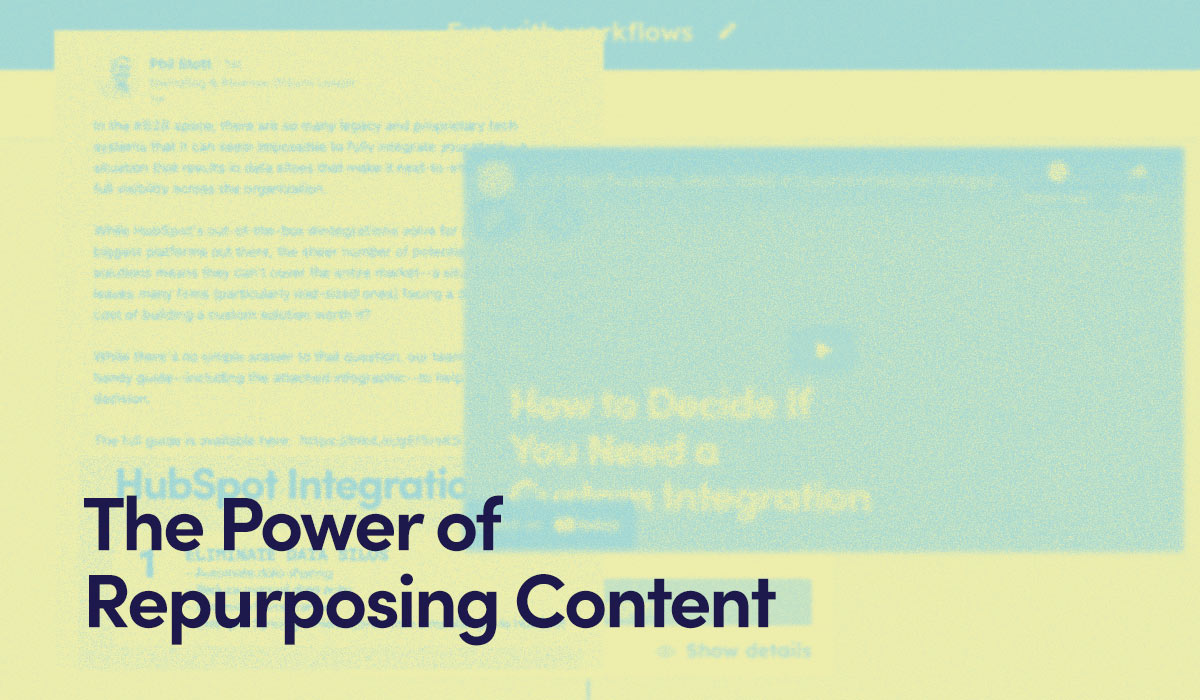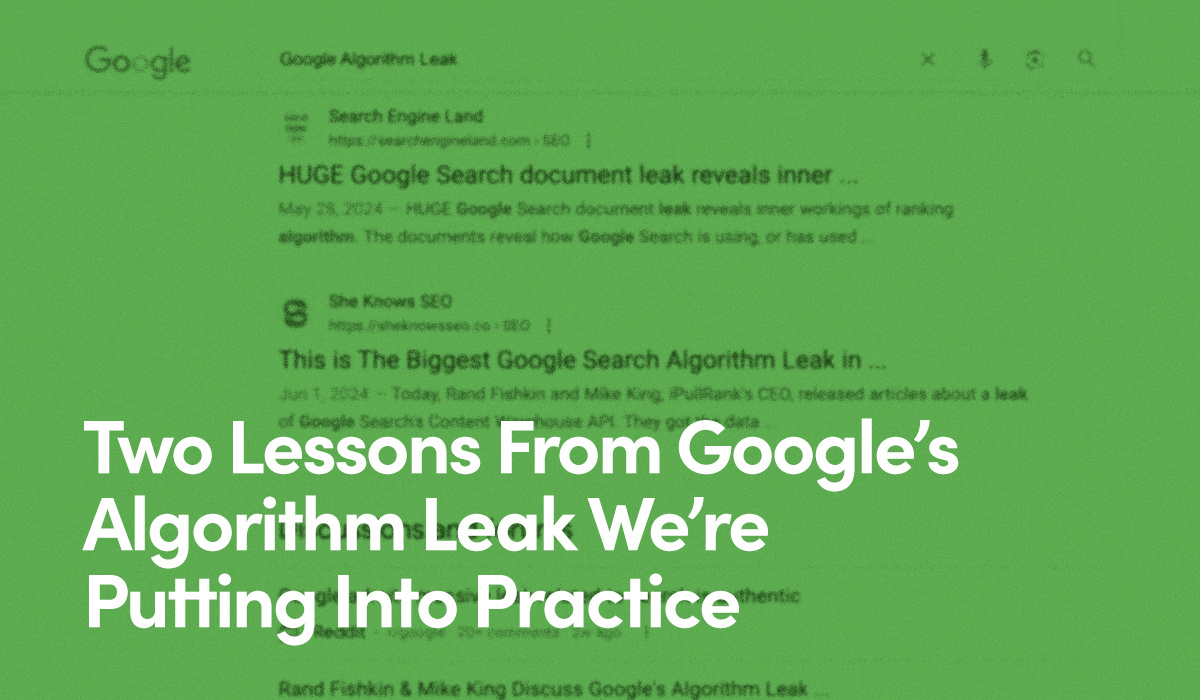Optimized emails mean little if you don’t have rigorous analytics showing you how well they’re performing, empirically validating what may otherwise be just a gut feeling.
Email is central to marketing today, especially for inbound marketers. As such, you should always set goals before emailing, outlining what you hope to achieve with an email campaign. Furthermore, metrics need to stem from your stated campaign goals, but it can be challenging to know what each of these metrics mean and how to use them.
Understanding the following marketing metrics will amplify your email campaigns and help you nurture a loyal audience interested in what you have to offer. For some, email marketing metrics can be rather confusing and even misleading.
This overview should help resolve much of the confusion or misconceptions.
Email Marketing Metrics You Should Know
Let’s run through what each of these metrics mean and identify what value they may bring to your email marketing efforts, and, ultimately, to your organization as a whole.
Open rate
Open rate specifies the percentage of recipients who open your email. Think of it as an initial indicator of success. While there are more revealing metrics to consider (which we’ll cover), you can’t do much if people aren’t opening your emails.
It’s also worth noting that a recipient can open your email, but analytics may not count it as opened if, for instance, they don’t receive the embedded image contained in your email. Some people utilize image-blockers, preventing an image from being embedded, thus skewing your actual open rate. Analytics will mark the sent email as unopened. (Read: How to Know if Someone Read Your Email.)
What is considered a good open rate depends on your industry. According to the inbound marketing, sales enablement and CRM platform HubSpot, average industry open rates range between 19 and 26 percent.
Clickthrough Rate (CTR)
CTR refers to the percentage of email recipients who not only opened but also clicked on at least one link within your email. When calculating CTR, you can use either unique clicks or total clicks, so long as you’re consistent.
One of your most essential metrics, CTR uncovers who on your email list is engaging with your inbound marketing content. If they’re not only opening but also clicking on something, you’re obviously offering them something they find potentially valuable.
CTR is beloved among email marketers because it’s a precise way to gauge recipient engagement, as well as A/B test email campaigns.
Bounce Rate
Bounce rate applies to the percentage of total emails sent that were not properly delivered to your targeted recipients. This can occur for a number of technical reasons.
Soft bounces happen when an email can’t be delivered to an otherwise valid email because, for instance, their email server is encountering technical issues, or their inbox is full. You may consider sending the same email again later.
Hard bounces occur when an email address doesn’t exist or is no longer valid. Your reputation among internet service providers (ISPs) can be harmed if you continue sending emails to addresses with hard bounces, so it’s best to remove them from your email list entirely. Too many hard bounces can result in ISPs classifying you as a “spammy” email source, which prevents future emails from reaching inboxes.
Unsubscribe Rate
Unsubscribe rate identifies the percentage of email recipients who open your email and then unsubscribe from receiving future campaigns. While unsubscribes can feel personal to an email marketer, they’re not particularly helpful in painting a clear picture of email marketing success.
Sure, some people will take the small effort to unsubscribe, but most will just stop opening your emails. This is why open and clickthrough rates are such vital metrics. You may even want to remove unengaged email addresses from your email list. So keep an eye on their engagement levels.
Transform Your Marketing With Strategic Content
Ready to Convert More Leads Into Loyal Customers?
Discover Our Content Engineering Expertise arrow_forwardConversion Rate
Conversion rate tracks the percentage of recipients who not only clicked on a link within the email, but completed a targeted action, for instance, buying an item on your website.
Ultimately, email campaigns are about getting conversions, having people purchase your product, subscribe to your service, become involved with your organization, or consume additional content offerings.
For example, if you’re an outdoor gear company, you might send an email campaign with content regarding the best hikes in a given region, with links to your blog or gear that recipients might purchase to participate. Somebody who clicks through the email and ends up making a purchase would be considered a conversion.
Email Sharing/Forward Rate
Email sharing/forward rate is the percentage of recipients who either clicked on a “forward this” button, to pass it along to a friend, or a “share this” button to post your email to a social media platform.
This metric matters because it helps you generate new contacts, rather organically. While conversions strengthen your relationships with pre-existing contacts, email sharing/forwarding brings new leads into your conversion funnel.
List Growth Rate
List growth rate refers to how quickly your email list enlarges. Take the number of new subscribers, subtract the number of spam complaints and unsubscribes, divide that by the total number of email addresses on your list, and multiply it by 100—there’s your list growth rate.
Cultivating your list growth rate is an important aim, but keep in mind it’s normal for your list to decay. Be sure you’re replacing all those unsubscribes or disengaged email leads with new contacts!
Overall Return on Investment (ROI)
Overall ROI reveals how much money you make in proportion to how much you spend on email marketing. This is the kind of figure senior management tends to latch onto.
There are several ways to calculate this, so you’ll need to determine which best fits your organization. Just remember that stakeholders want to know how much your email marketing efforts are actually worth to the business.
What Email Marketing Metrics Are Really About
While these marketing metrics should remain core to analyzing your email efforts, you might also consider tracking engagement over time, mobile open and click rates, domain open and click rates, revenue per email, and revenue per subscriber.
Ultimately, determining which email marketing metrics to track and whether you’re doing email right will depend on your goals and the nature of your organization. Start by tracking the metrics outlined here for a specified time period, and then reevaluate whether you need to consider new ones or abandon others. Do this and you can expect noticeable growth and a larger market share, powered by a loyal customer base.
Morey Creative Studios is a New York-based Diamond HubSpot Partner Agency that specializes in inbound marketing, including email marketing. Contact us today to learn more about email marketing metrics and to discuss what inbound marketing can do for your organization.



